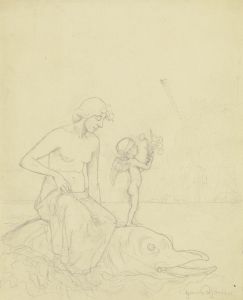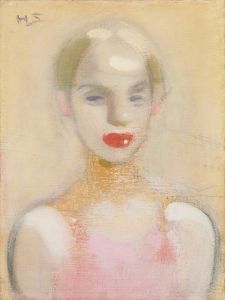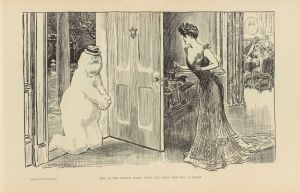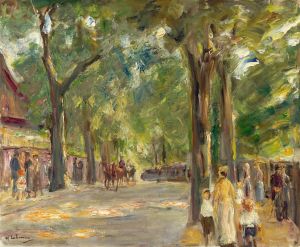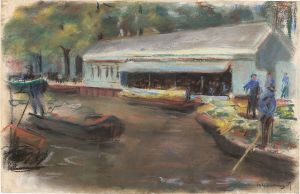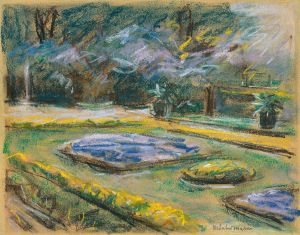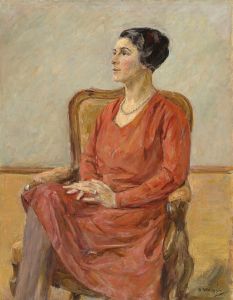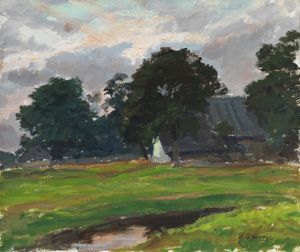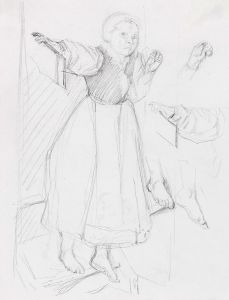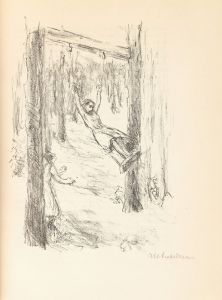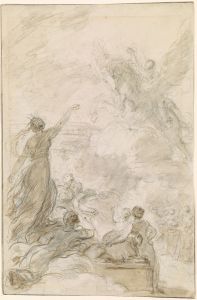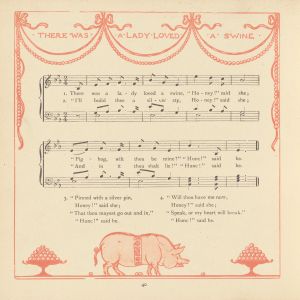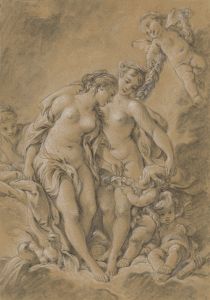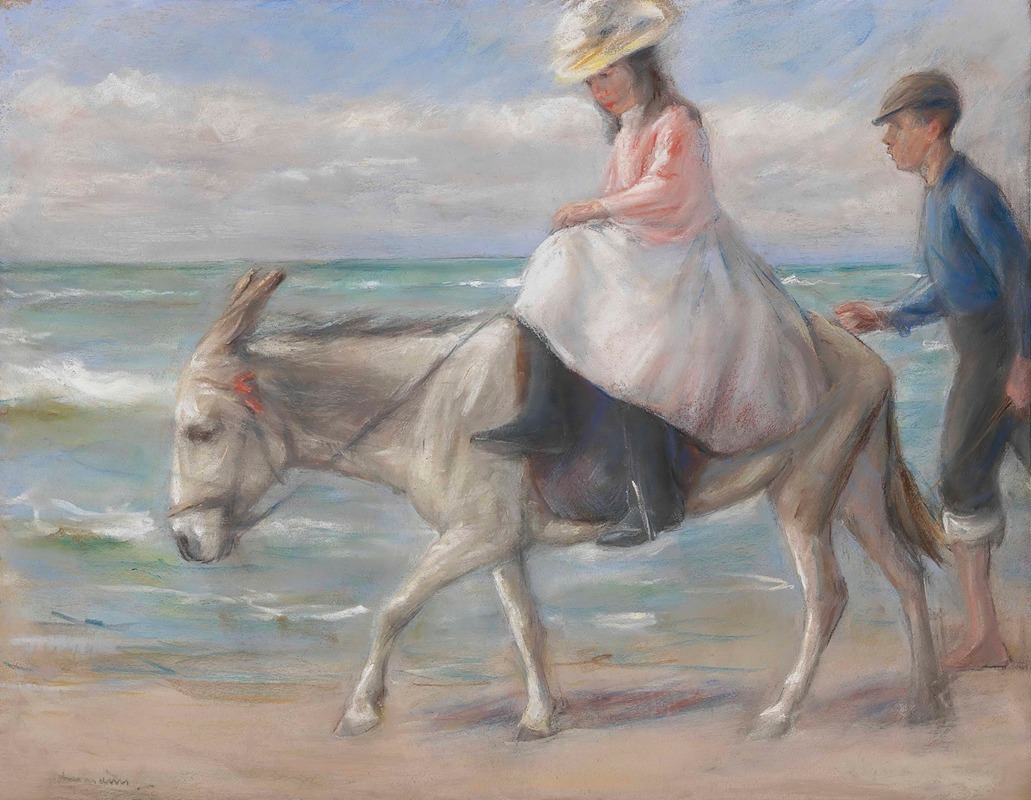
Kind, auf einem Esel reitend
A hand-painted replica of Max Liebermann’s masterpiece Kind, auf einem Esel reitend, meticulously crafted by professional artists to capture the true essence of the original. Each piece is created with museum-quality canvas and rare mineral pigments, carefully painted by experienced artists with delicate brushstrokes and rich, layered colors to perfectly recreate the texture of the original artwork. Unlike machine-printed reproductions, this hand-painted version brings the painting to life, infused with the artist’s emotions and skill in every stroke. Whether for personal collection or home decoration, it instantly elevates the artistic atmosphere of any space.
Max Liebermann was a prominent German painter and printmaker, associated with the Impressionist movement. He was a leading figure in the Berlin Secession and played a significant role in the development of modern art in Germany. One of his notable works is "Kind, auf einem Esel reitend" (Child Riding a Donkey), which exemplifies his style and thematic interests.
"Kind, auf einem Esel reitend" is a painting that captures a serene and intimate moment of childhood. The painting depicts a young child seated on a donkey, a subject that reflects Liebermann's fascination with everyday life and his ability to convey the simplicity and innocence of childhood. The composition is characterized by its loose brushwork and the use of light, which are hallmarks of Liebermann's Impressionist style.
Liebermann was known for his ability to capture the essence of his subjects with minimal detail, focusing instead on the overall impression and mood of the scene. In "Kind, auf einem Esel reitend," this approach is evident in the way he portrays the child and the donkey with broad, fluid strokes that suggest movement and spontaneity. The background is typically rendered in soft, muted tones, allowing the figures to stand out and draw the viewer's attention.
The painting reflects Liebermann's interest in rural and pastoral themes, which he often explored in his work. He was particularly drawn to scenes of leisure and recreation, depicting people engaged in simple, everyday activities. This focus on ordinary life was a departure from the more formal and academic subjects that dominated the art world at the time, and it aligned with the broader Impressionist movement's emphasis on capturing contemporary life.
Max Liebermann's work, including "Kind, auf einem Esel reitend," was influential in shaping the direction of modern art in Germany. He was a key figure in the Berlin Secession, an art movement that sought to break away from traditional academic art and promote new, innovative approaches. Liebermann's leadership and advocacy for modern art helped to establish Berlin as a vibrant center for artistic experimentation and creativity.
Throughout his career, Liebermann faced challenges due to the political climate in Germany, particularly during the rise of the Nazi regime. As a Jewish artist, he was subjected to discrimination and his work was labeled as "degenerate art." Despite these obstacles, Liebermann's legacy endured, and his contributions to the art world continue to be recognized and celebrated.
"Kind, auf einem Esel reitend" remains an important example of Liebermann's work, showcasing his skill in capturing the beauty and simplicity of everyday life. The painting is a testament to his ability to convey emotion and atmosphere through his distinctive Impressionist style. Today, Max Liebermann is remembered as one of Germany's most significant artists, whose work continues to inspire and influence generations of artists and art enthusiasts.





